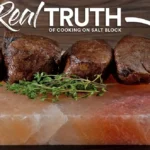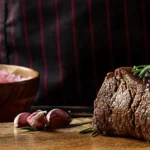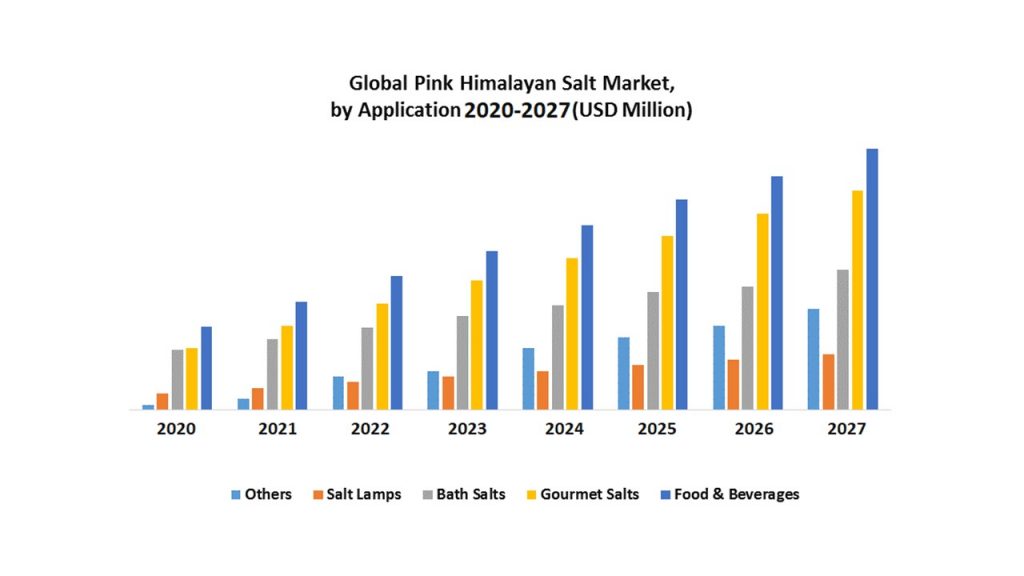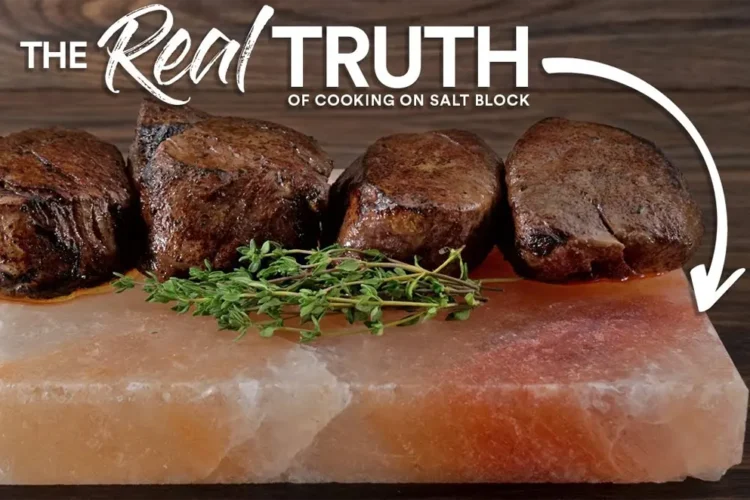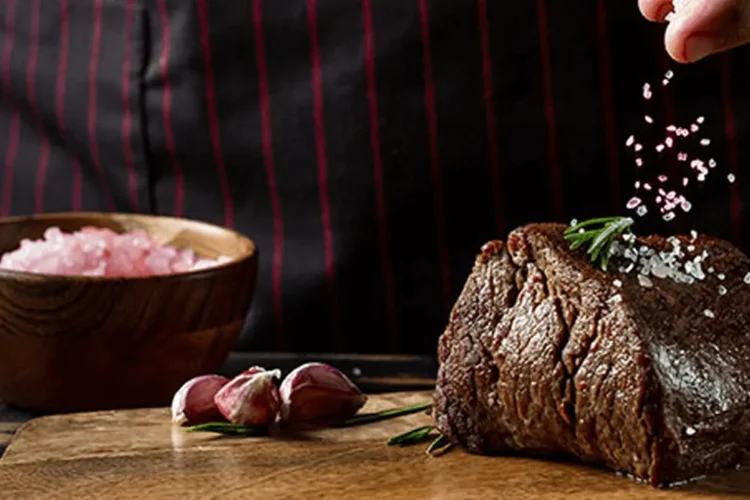
A CAGR of 4.69% is anticipated for the pink Himalayan salt market during the forecast period (2022 – 2027).The Pink Himalayan Salt Market was valued at US$10.63 billion in 2020, and it is anticipated that from 2021 to 2027, it will grow at a 4.2% Cumulative Annual Growth Rate (CAGR) to reach close to US$14.18 billion.
The market report on pink Himalayan salt provides a detailed examination of the sector, the market, and the major players. Both the supply-side and demand-side of the market have been covered in the report. In addition to trends by market segments, technology, and investment, the global Pink Himalayan Salt report also offers a competitive landscape.
PINK HIMALAYAN SALT MARKET OVERVIEW
Consumers are becoming more aware of prevailing trends for selecting products that are appropriate for their healthy lifestyle choices. Therefore, the players in this industry are concentrating and developing global standards and certifications. The demand for international cuisines like Italian and French food, which require specialized flavors and seasonings, is fueled by globalization and the strong influence of westernization in emerging nations. The market for organic flavored salts made from all-natural ingredients is also expanding.
The American Heart Association advises that processed and prepared foods, which already contain salt, account for more than 75% of daily sodium intake. Most of the sodium in a meal does not come from table salt. These elements are anticipated to accelerate market growth from 2021 to 2027
Chemically speaking, pink Himalayan salt is comparable to table salt. Sodium chloride makes up to 98 percent of it. The Punjab province of Pakistan is where the rock salt is mined. It is typically used as a food ingredient to replace refined table salt, but it is also used in cooking and food presentation, as well as in decorative lamps and spa treatments. The salt’s pinkish hue comes from trace minerals. The market is divided into segments based on the distribution channel, including supermarkets and hypermarkets, convenience stores, online retailers, and other distribution channels.
ANALYSIS OF THE PINK HIMALAYAN SALT MARKET BY SEGMENT:
Type: The pink Himalayan salt market is divided into iodized and unionized categories based on type. Iodine is abundant in Himalayan salt by nature. These solid pink salt blocks are renowned for their rich flavor and pure taste. Because iron oxide is present, the color is a striking pink.
Application: The market is divided into food and drink, salt lamps, bath salts, gourmet salts, and others based on application. During the forecast period, the food & beverage segment is anticipated to dominate the market. Because it imparts a distinct flavor and texture to the food, pink Himalayan salt is widely used in the food and beverage industry.
Additionally, it is used to season, cook, and preserve food. Because it contains trace minerals that help to maintain electrolytic balance, increase hydration, prevent goitre, and iodine deficiency, pink Himalayan salt is becoming more and more popular among proponents of healthy eating. According to the regulations set forth by the Food and Drug Regulations (FDR), the amount of potassium iodine in salt is limited to 0.01%. The WHO further states that during the forecast period, the saline intake limit should be decreased by about 30%. Since pink salt has a saltier flavor than table salt, less salt needs to be used per serving to produce the same flavor.
Distribution: The market is divided into supermarkets and hypermarkets, specialty shops, online retailers, and others based on the distribution channel.
By 2027, the market for pink Himalayan salt is expected to be worth US$ 14.18 billion and grow at a CAGR of 4.1%. Rock salt called Himalayan salt is extracted from Pakistan’s Khewra salt mines. Due to the presence of trace minerals like magnesium, phosphorous, vanadium, and potassium, it has a pink color.
Himalayan salts are frequently used in cooking, seasoning, and food preservation. Due to the presence of trace minerals that help to maintain electrolytic balance, increase hydration, prevent goiter, and iodine deficiency, Himalayan pink rock salt has gained popularity among proponents of healthy eating.
The supply chain was disrupted by the Covid-19 lockdowns in 2020 and continued restrictions in 2021, which created problems for the producers of pink Himalayan salt. Because of the intense competition, difficult price environments, and shifting consumer preferences, vendor profit margins have continued to be squeezed.
By 2025, the market for pink Himalayan salt is expected to be worth US$13 billion and grow at a CAGR of 4.1%. The type, application, distribution channel, and region are used to divide the global market for pink Himalayan salt into distinct submarkets.
- The Global Pink Himalayan Salt Market is Divided into Iodized and Unionized Segments Based on Type.
- Food & Beverages, Salt Lamps, Bath Salts, Gourmet Salts, and Others are the market segments by application.
- The Global Pink Himalayan Salt Market is divided into Supermarkets and Hypermarkets, Specialty Stores, Online, and Others based on the distribution channel.
- The North American, European, Asian Pacific, Latin American, and Middle East & Africa regions make up the majority of the global pink Himalayan salt market. Due to its advanced healthcare system and highly conscientious populace, North America leads the world in revenue for pink Himalayan salt.
The Food and Drug Regulations (FDR) rules state that salt consumption shouldn’t contain more potassium iodine than 0.01%. Additionally, according to WHO, the maximum allowed saline intake must be reduced by about 30% by 2025, which drives the market for pink Himalayan salt.
With the advancement in Himalayan salt, Amazing Health Ltd. has been selling Himalayan salt pipes since 2009, but Amazon was the first retailer to offer them in the UK. The inhaler has high quality salt with full testing and a ceramic inhaler. It comes with easy to add granules of salt lasts for approx. 1 year then the salt can be changed. It offers salt therapy to the respiratory system when used frequently. Use once or twice a week, or more frequently if you’re only feeling congested and blocked.
THE PINK HIMALAYAN SALT MARKET IS ANTICIPATED TO BE DOMINATED BY THE MIDDLE EAST
Due to consumers’ growing awareness of the numerous health and skin benefits of pink Himalayan salt, the Middle East saw significant growth in this market. Due to the category’s rich mineral profile, sales have increased due to the rising prevalence of hypertension and diseases linked to mineral deficiency in the United Arab Emirates.
And it goes beyond food. Because of how much people adore the salt, it has started to appear in cosmetics and home furnishings like salt lamps and bath scrubs. The restaurant editor of the food-culture website Eater, Hillary Dixler Canavan, sees that as a component of a more general wellness attitude. She claims that to demonstrate how organic Goop face cream is, Gwyneth Paltrow once dipped a French fry in it and consumed it. She asserted that “There is this idea that your beauty supply should be food, and your food should be beauty, as a signifier that you really value natural and organic ideals.”
